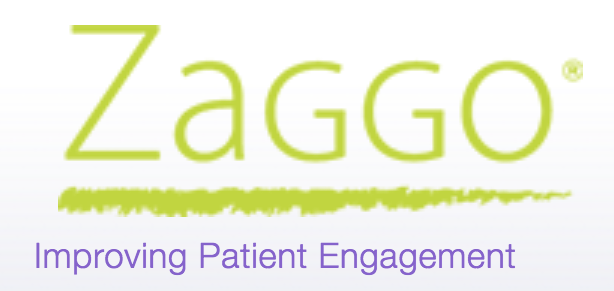Last Updated on May 7, 2025
Sumanah was a 26 year old event planner in New York City when suddenly diagnosed with congestive heart failure. Sumanah was like many typical 26 year olds, without health insurance and no savings capable of paying for her medical bills. Taking 10 medications for her condition, Sumanah was paying full price at what she “thought” was the cheapest pharmacy. After she discovered that not only were some pharmacies cheaper for the same exact medication, she learned that some pharmacies can be upwards of 16 times more expensive than another pharmacy right across the street. Using this information, Sumanah was able to price shop for the right pharmacy and save a lot on her prescription costs. This story, although not uncommon, shows how important shopping around for medications can be.
In their May issue, Consumer Reports published an article confirming the experience Sumanah and many others have each time they go to fill a prescription. The study focuses on five of the most prescribed medications in the U.S. and reviews more than 200 pharmacies for price comparisons. The findings show the details of each pharmacy and drug researched as well as the overall discrepancy between the lowest cost pharmacy and the highest cost pharmacy. For the same prescriptions, the difference was a whopping $749 per month or 447% between the highest and lowest cost options.
Price shopping prescriptions from one pharmacy to another can dramatically cut out of pocket costs for patients without changing medications. The cost savings for patients using these medications are large and can help patients who were unable to afford medication in the past, be able to consider options at a low cost pharmacy. The current lack of pharmaceutical price transparency currently causes many patients to simply stop medication because it is too expensive for them to afford. When patients perceive medication as being too expensive, many times they will simply stop taking their prescription to avoid the cost, which is a truly dangerous option for patients to consider.
Currently, non-adherence (not taking your medication) is cited by The IMS Institute of Healthcare Informatics as the largest contributor to healthcare costs in their June, 2013 study, “Avoidable Costs in U.S. Healthcare.” The study shows that a patient’s inability to stay on a prescribed medication is estimated to cause over $100 Billion in avoidable healthcare costs due to the resulting health complications, hospital visits, and additional advanced treatment.
As a practicing doctor, it really amazes me how a simple understanding of pharmacy pricing can change a patient’s ability to afford their medications, take them as directed, and avoid the complications that can result from not taking them correctly. I make it a point to share this message with all of my patients and colleagues and I look forward to the day when everyone knows that by simply walking to the pharmacy across the street, they could save a lot of money.

Ali Khoshnevis is a practicing Optometrist and the CEO of WeRx.org, a pharmacy price comparison site and app with the goal of helping patients find the lowest cost medications in their neighborhood.
This article originally appeared on CostofCare.org




